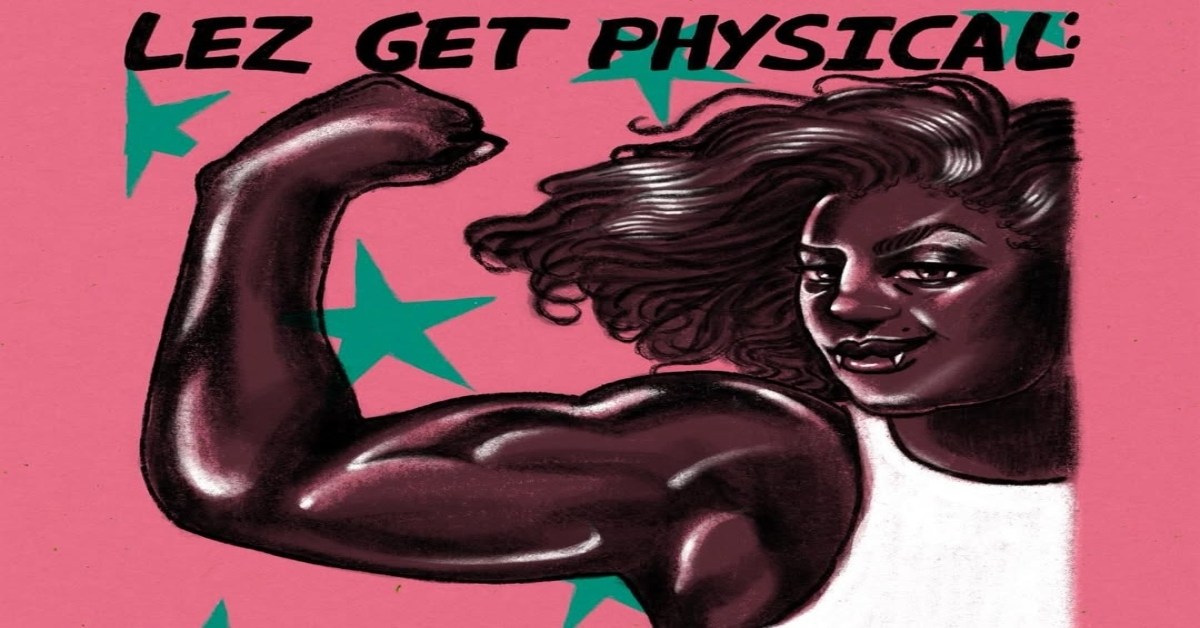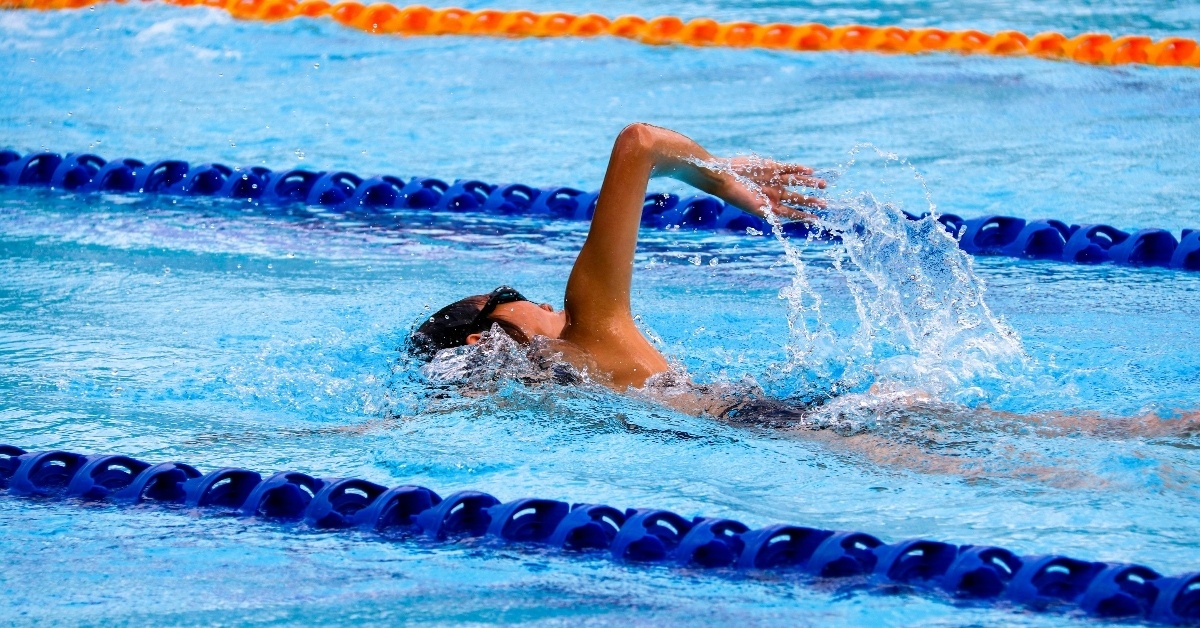BY: Jasmine Franklin
Published 10 hours ago

Parents and Friends of Lesbians and Gays (PFLAG) is more than an organization. It is a movement of families, friends, and allies standing beside LGBTQIA+ people with open hearts and clear voices. PFLAG creates a space where love is louder than fear. It reminds parents that acceptance is not complicated and that advocacy begins at home.
Inside PFLAG & Its Origins
PFLAG is the nation’s largest group devoted to supporting, educating, and advocating for LGBTQIA+ people and their loved ones. It was founded in March 1973 by a courageous and supportive mother and her gay son.
According to Making Gay History, it all began when Jeanne Manford’s gay son, Morty, was beaten at a protest in 1972. Manford refused to stay silent. She had already lost her older son, Charles, to suicide. She would not lose another child, especially not to hatred. The shy, soft-spoken elementary school teacher from Flushing, Queens, decided to fight back with her words.
She wrote a letter to the New York Post, expressing her outrage at the attack.
“I have a homosexual son and I love him.”
The paper published her letter on April 29, 1972. It was the first time a parent had publicly expressed love and support for a gay child in a major newspaper.
Soon after, Manford marched beside her son in the Christopher Street Liberation Day Parade, holding a hand-drawn sign that read, “Parents of Gays Unite in Support for Our Children.” That moment changed everything.
The response was immediate. Marchgoers went up to Manford, telling their personal stories, and letters poured in from parents and queer people across the country. She began hosting meetings for parents in her New York apartment, creating a safe space for families to talk openly about what it meant to love and support their LGBTQIA+ children.
Those gatherings grew into the first organization for parents of gay people, which became Parents and Friends of Lesbians and Gays. Manford’s courage turned personal heartbreak into a movement built on empathy and action. She proved that love, when spoken aloud, can spark lasting change.
Supporting the Queer Community
PFLAG centers its mission on three pillars: support, education, and advocacy. Each one meets people where they are. Support groups connect LGBTQIA+ people and their families through open dialogue. Parents share their fears and hopes, while queer people find comfort in hearing that they are not alone. These meetings offer the reassurance that acceptance is a process, not a test.
Allyship is at the heart of PFLAG’s work. The organization invites anyone to join the conversation. Becoming a member means more than attending meetings. It means committing to empathy, respect, and the willingness to listen. Membership also provides individuals with an opportunity to support broader advocacy efforts. Membership requirements vary by chapter.
When allies join PFLAG, they affirm that family extends beyond bloodlines. It includes every person who chooses love over prejudice.
Love as the Bridge
PFLAG’s story is one of persistence and hope. It began with a single mother walking beside her son and has grown into a nationwide movement that stands beside millions. Each chapter meeting, pride booth, and shared story builds a bridge between queer people and the families who love them.
In moments when the world feels divided, PFLAG reminds us that love can still be a revolutionary force. It tells every queer person that they are worthy of acceptance, not as an exception, but as a truth. And it tells every parent that the most powerful thing they can say is simple: I’m proud of you.










